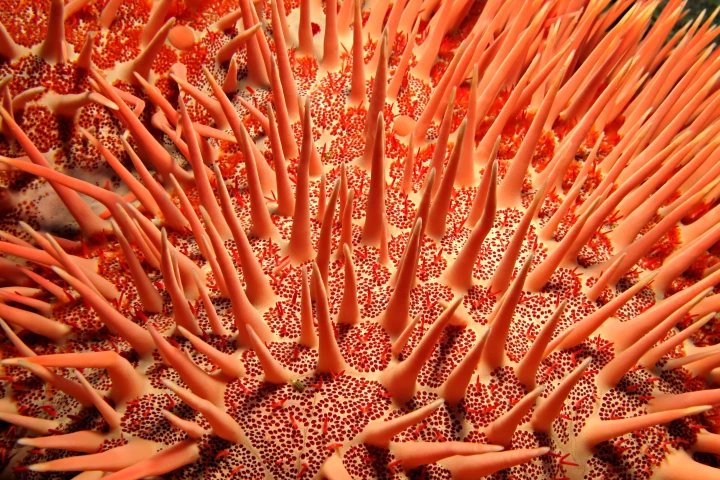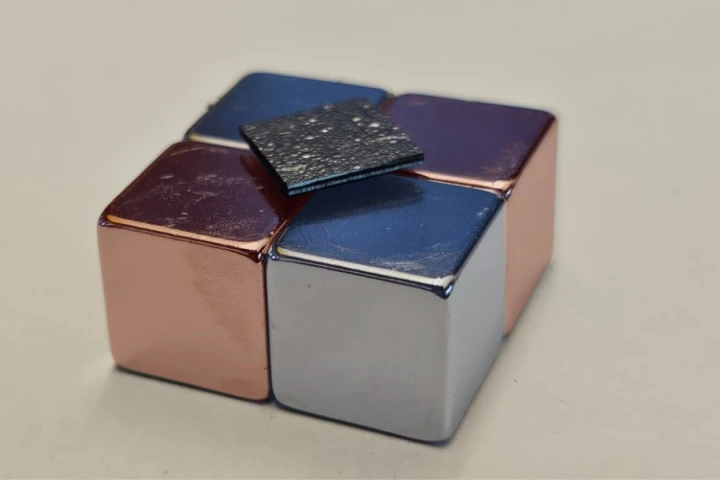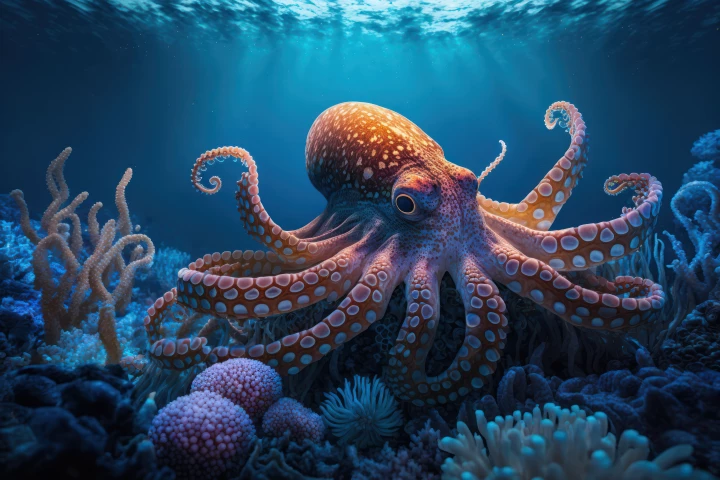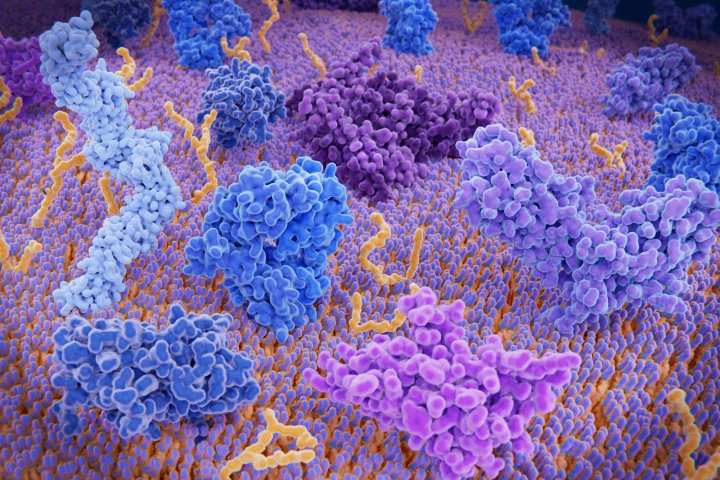Okinawa Institute of Science and Technology
-
Researchers have uncovered a shared brain cell breakdown mechanism behind Alzheimer’s and Parkinson’s diseases, revealing how two different proteins can disrupt neurons in the same devastating way.
-
We've all experienced defeat at some point – losing a game, a potential new job, a debate. Now, a new study has found that the brain may learn from losing to others, with a specific group of neurons tied to defeat that then changes our future behavior.
-
They’ve been crawling across the seafloor for 500 million years, but some sea stars have amassed such a population they're eating entire reefs alive. Now, a discovery about their spine-speaking chatline gives us a leg up in this ecological arm's race.
-
Magnetic levitation is used to float things like lamps and trains, but usually it requires a power source. Now, scientists in Japan have developed a way to make a floating platform that requires no external power, out of regular old graphite.
-
Despite how cute 2001's Finding Nemo's clownfish was, these colorful animals have a dark side. Scientists have found that they will 'count' another clownfish's white stripes, and will viciously attack any visitor that happens to look just like them.
-
The animal kingdom has no shortage of weird and wonderful surprises, and this year biologists gave us some real treats to talk about. From microscopic bacteria to huge cetaceans, here are the most bizarre animal stories we covered in 2023.
-
Scientists have speculated about the cognitive and dreaming abilities of the octopus. This study is a step closer in understanding their complex behavior. As does a study on cuttlefish from the same team, showing their color shifting like never before.
-
Autoimmune diseases such as MS and rheumatoid arthritis affect almost four percent of the global population. A new study has now identified a naturally occurring compound that may provide a new way of treating these debilitating diseases.
-
A new type of artificial scaffold encourages regenerating neurons to grow towards one another and bridge busted connections more efficiently, offering new hope for healing damaged spinal cords and restoring communication links between the brain and body.
-
The hormone leptin is central to the way our bodies regulate appetite. A new study has revealed some of the molecular machinery behind its functioning, and shown how the loss of a key protein can drive insatiable appetites and obesity in mice.
-
Coral rely on a symbiotic relationship with algae to maintain good health. Scientists have now gained unprecedented insight into this phenomenon, making observations of coral cells engulfing algae for the first time ever.
-
A research team in Japan has come up with a way of incorporating silicon into lithium battery anodes that overcomes the durability issues that have plagued such efforts so far, through tiny nano-scale arches that bring some much-needed strength.
Load More











